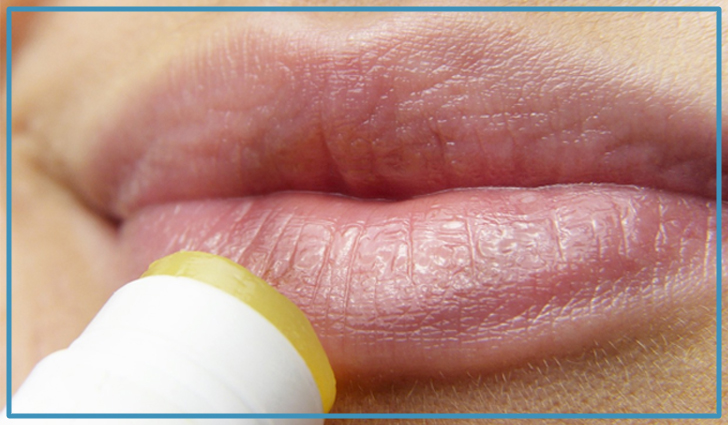Red fruit stains can be some of the most stubborn and frustrating marks to deal with. Whether it’s from strawberries, cherries, or any other red fruit, these stains can quickly set into fabrics, carpets, and other surfaces, making them difficult to remove. However, with the right techniques and a bit of patience, you can successfully remove red fruit stains and keep your items looking as good as new. In this comprehensive guide, we’ll explore the best methods for removing red fruit stains, using SEO-friendly keywords to ensure this article ranks well in search engines.
Why Red Fruit Stains Are So Difficult to Remove
Red fruit stains are particularly challenging because of the natural pigments found in these fruits. Anthocyanins, the pigments responsible for the red color, can penetrate deep into the fibers of fabrics and the porous surfaces of other materials. Additionally, the sugars and acids in the fruit can bond with these surfaces, making the stains even more difficult to lift.
Immediate Actions to Take When You Get a Red Fruit Stain
- Act Quickly: The faster you address the stain, the easier it will be to remove. Fresh stains are much simpler to tackle than those that have been set.
- Blot, Don’t Rub: Use a clean cloth or paper towel to blot the stain gently. Rubbing can push the stain deeper into the fabric.
- Use Cold Water: Rinse the stained area with cold water as soon as possible. Hot water can set the stain, making it harder to remove.
Best Home Remedies for Removing Red Fruit Stains
1. Lemon Juice and Salt
Lemon juice is a natural bleaching agent, while salt acts as a mild abrasive to help lift the stain.
- Apply Lemon Juice: Squeeze fresh lemon juice onto the stain.
- Sprinkle Salt: Sprinkle salt over the lemon juice.
- Rub Gently: Rub the mixture gently into the fabric.
- Rinse: Rinse with cold water and repeat if necessary.
2. Baking Soda and Water
Baking soda is great for absorbing and lifting stains.
- Make a Paste: Mix baking soda with a small amount of water to form a paste.
- Apply to Stain: Apply the paste directly to the stain.
- Let Sit: Let it sit for 15-30 minutes.
- Rinse: Rinse with cold water and wash as usual.
3. White Vinegar
White vinegar is another excellent natural cleaner that can break down the pigments in red fruit stains.
- Dilute Vinegar: Mix equal parts white vinegar and water.
- Soak the Stain: Soak the stained area in the solution for 15-30 minutes.
- Rinse and Wash: Rinse with cold water and wash the item as usual.
4. Hydrogen Peroxide
Hydrogen peroxide is a powerful bleaching agent that can remove tough stains.
- Test First: Test on a small, hidden area of the fabric to ensure it doesn’t bleach the color.
- Apply Directly: Apply hydrogen peroxide directly to the stain.
- Let Sit: Let it sit for a few minutes.
- Rinse and Wash: Rinse with cold water and wash the item.
Commercial Stain Removers
If home remedies aren’t effective, commercial stain removers can be very powerful.
1. OxiClean
OxiClean is an oxygen-based cleaner that works well on a variety of stains.
- Mix Solution: Follow the instructions to mix OxiClean with water.
- Soak Item: Soak the stained item in the solution for the recommended time.
- Wash: Wash as usual.
2. Shout Stain Remover
Shout is a popular pre-treatment spray that targets stains before washing.
- Spray Stain: Spray the stained area with Shout.
- Let Sit: Let it sit for 5-10 minutes.
- Wash: Wash the item as usual.
3. Tide To Go Pen
The Tide To Go pen is a convenient, portable option for treating stains on the go.
- Apply to Stain: Press the tip of the pen onto the stain to release the solution.
- Rub Gently: Rub the tip over the stain to lift it.
- Rinse Later: Rinse and wash the item when you can.
How to Remove Red Fruit Stains from Different Surfaces
1. Clothing
- Blot and Rinse: Blot the stain and rinse with cold water.
- Pre-Treat: Use a pre-treatment solution like Shout or a home remedy.
- Wash: Wash the item in cold water with laundry detergent.
2. Carpet
- Blot the Stain: Use a clean cloth to blot the stain.
- Apply Cleaning Solution: Use a carpet cleaner or a vinegar and water solution.
- Blot Again: Blot with a clean cloth until the stain is lifted.
- Rinse and Dry: Rinse with water and blot dry.
3. Upholstery
- Blot the Stain: Blot with a clean cloth to remove as much of the stain as possible.
- Apply Solution: Use a mixture of dish soap and water or a commercial upholstery cleaner.
- Blot Again: Blot with a clean cloth until the stain is removed.
- Rinse and Dry: Rinse with water and blot dry.
4. Walls
Keywords: clean fruit stains from walls, remove stains from painted surfaces, wall cleaning tips
- Wipe with Water: Use a damp cloth to wipe the stain.
- Apply Solution: Use a mixture of baking soda and water or a commercial cleaner.
- Scrub Gently: Scrub the stain gently with a sponge.
- Rinse and Dry: Rinse with water and dry with a clean cloth.
Tips for Preventing Red Fruit Stains
- Act Quickly: Treat stains as soon as they happen to prevent them from setting.
- Use a Barrier: Place a napkin or towel under the fruit to catch drips and spills.
- Choose Dark Fabrics: Opt for darker fabrics that won’t show stains as easily.
Red fruit stains can be stubborn, but with the right techniques and tools, you can effectively remove them from a variety of surfaces. Whether you prefer home remedies or commercial products, the key is to act quickly and be thorough in your cleaning process. By following these tips, you can keep your clothes, carpets, and other surfaces looking clean and fresh, no matter how many red fruits you enjoy.


















